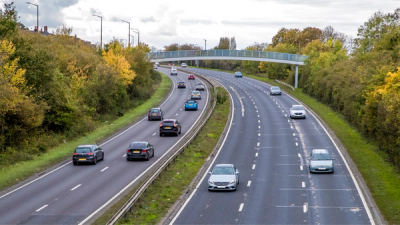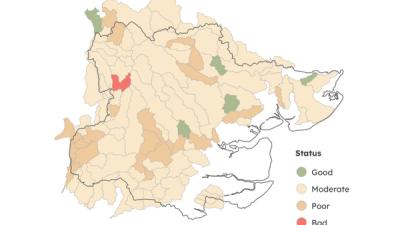Polluting Runoff
The sources of water pollutants in Essex are like those across the country, and include storm overflows, sewage treatment works, septic tanks, livestock, and farming processes. In some parts of Essex, we see that transport drainage and urbanisation are the main causes of poorer water quality too.

The government’s goal as stated in the Environmental Improvement Plan is to achieve clean and plentiful water by improving at least 75% of the country’s waters to be close to their natural state as soon as is practical (also known as good ecological status). In England, 16% of surface water bodies currently achieve good ecological status (Plan for Water 2023), in Essex only 5 out of 91 (5%) of our water bodies achieve a good classification status, 18 out of 91 (20%) are poor status. So, we have a lot of work to do.
You can find more information about rivers and streams near you at the Environment Agency Catchment Data Explorer, including water quality status and the reasons why rivers have been assessed as not achieving good status (RNAG).

Case Study:
Rain Gardens
One way that runoff from the built environment and roads can be intercepted quickly before it reaches water bodies is with Sustainable Drainage Systems (SuDS) such as rain gardens.